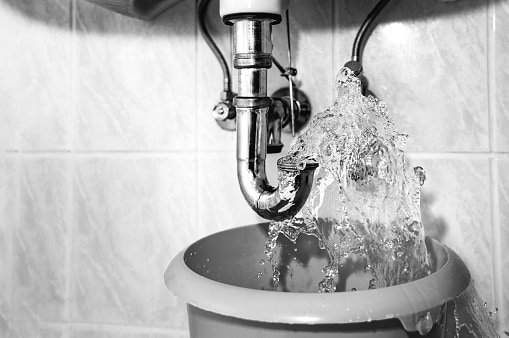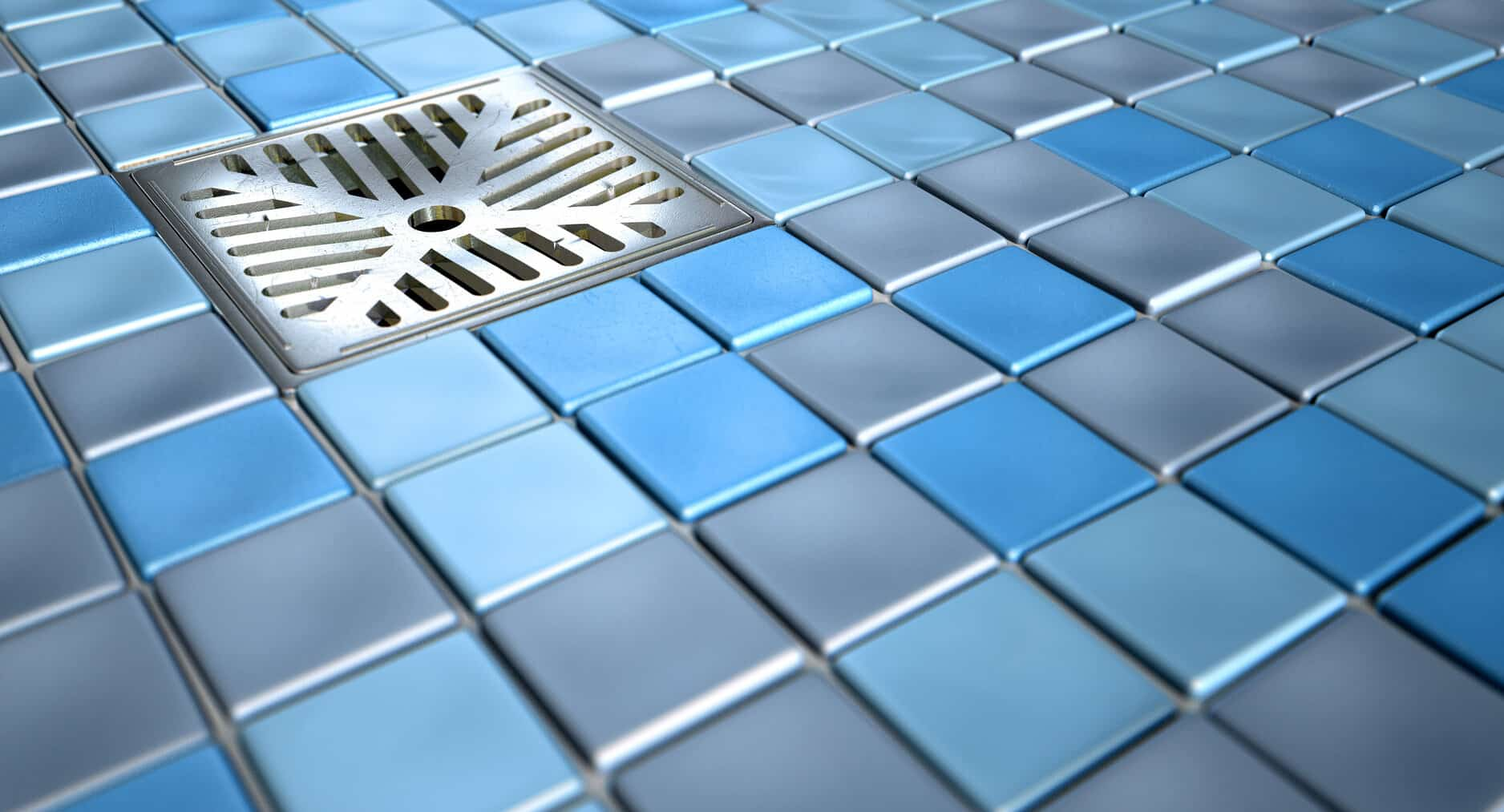
Sanitary plumbing involves any work that is related to the installation and removal of pipes that will take care of removing dirty liquids from inside the house to the outside of the home safely and within government standards. This includes the installation of tiled floor waste, pipes, vents, and other fittings. You do not want to break any laws about sanitation. You also do not want to cause health harm to your neighbors or your own family.
Terms Used in Sanitary Plumbing
Building Code
You should understand that every country has a building code that people have to follow. In the US, some states have local laws that are not implemented in others. You have to make sure that your home complies with the existing rules and regulations about sanitary plumbing. You should confirm with your contractor to see if your current home design meets city standards.
Floor Waste
Floor waste is also called floor drain. The tiled floor waste is installed on the flooring to transfer excess or dirty water from the home to a specific location outside the house. For wastewater, specific plumbing is required by state laws so that proper disposal is done. Excess water can also be removed from the home and placed directly in the soil outside the house.
You will find a lot of different designs of floor wastes available in your local store. They can be square, rectangle, or even round in shape. They can also be made of different materials but metal is the most common among them.
To know which kind of floor waste to use, you must determine the type of excess water that you want to remove from your home. You need to protect the health and safety of the people that live in and near your house.
Traps
Traps are installed and connected to the floor waste to prevent bad odor from the wastewater to return to the inside of the house.
One of the most common ways to do this is through a water trap. The pipe used is S-shaped in order to have retained water in the fittings so that the gases do not return the floor waste.
Vent pipe
A pipe is used as a vent to remove the smell of wastewater from the floor waste and into the atmosphere, The vent pipe is installed with its spout lined to the roof of the house. Some vent pipes are designed to take out the gases farther from the home.
You have to take note, though, that installing a vent pipe will cause you to spend more on your sanitary plumbing. You also have to regularly monitor this pipe to see if repairs must be done on it.
Air admittance valve
Instead of a vent pipe, an alternative that you can use is an air admittance valve. This introduces air into the drainage system through the imbalance of the outside and inside pressure.
The direction of the air is toward one path only. You will need another pipe design if you want to take out gases from the line.
Stack vent
The stack vent has various connections to the outside of the home through different pipes that are interconnected. This allows the movement of air to the system and outside the system.
The stack vent also removes foul odors and gases. This functions the same as a vent pipe.

Conclusion
Sanitary plumbing is all about taking care of your home. If you are just building your home right now, you have to keep in mind that sanitation is important in every aspect of your house. From tiled floor waste to vents and traps, you should double-check and see if the plans for your home are complete.

Leave a Reply